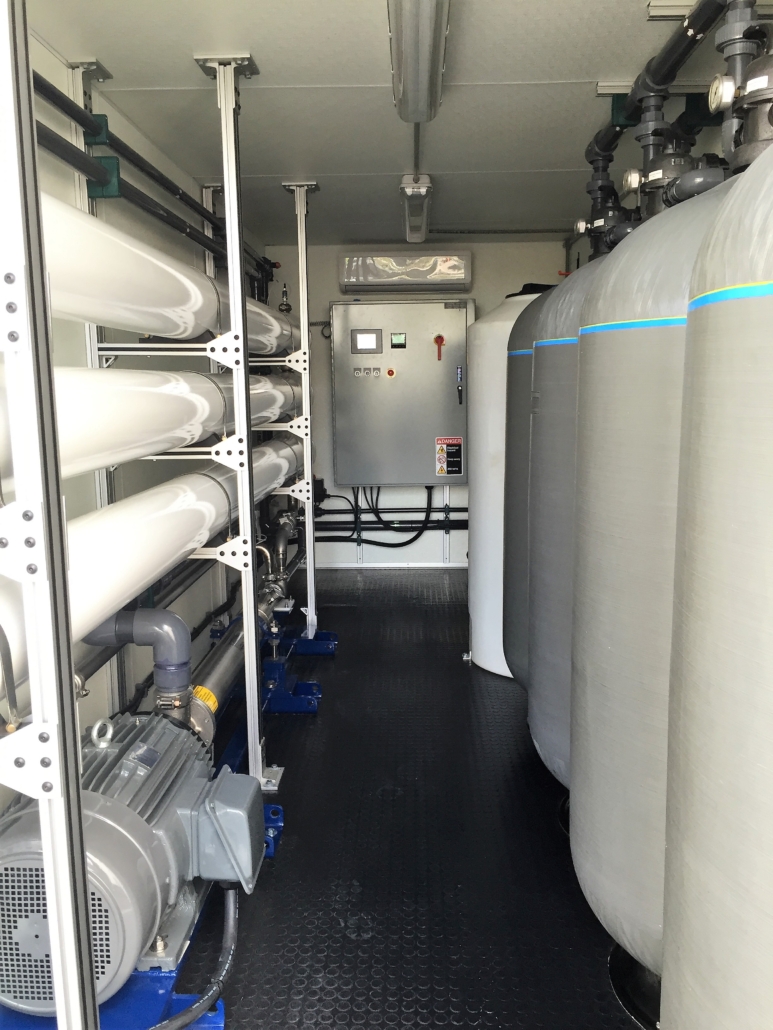The Best Desalination Machine
Water scarcity is a global challenge, and innovative solutions are essential to ensuring a sustainable future. Desalination machines have emerged as a powerful tool in addressing this issue, transforming seawater into freshwater for various applications. solutions.
The Desalination Revolution
Desalination machines play a pivotal role in addressing water scarcity, particularly in regions where freshwater resources are limited. By harnessing the abundant resource of seawater, these machines provide a sustainable and reliable source of freshwater. Desalination has applications across various sectors, from municipal water supplies to industrial processes and agriculture. The versatility of desalination machines positions them as a key technology for ensuring water security in a wide range of contexts.
Advancees specializes in desalination technology, with a focus on reverse osmosis. This process involves using a semi-permeable membrane to remove salt and impurities from seawater, leaving behind clean and potable freshwater. The efficiency of this method is a hallmark of Advancees’ commitment to cutting-edge solutions.
Advancees emphasizes energy-efficient desalination systems. This commitment not only aligns with sustainability goals but also makes desalination more accessible by minimizing energy consumption and operational costs.
As the demand for freshwater continues to rise, the desalination industry is witnessing continuous technological advancements. Advances in membrane technology, materials science, and process optimization are poised to enhance the efficiency and cost-effectiveness of desalination machines. Stay informed about these innovations on the Advancees platform.
A key focus for the future of desalination is the integration of renewable energy sources. By incorporating solar, wind, or other sustainable energy options, desalination processes can become even more environmentally friendly. Advancees is at the forefront of exploring and implementing these eco-conscious solutions.
Advancees is not just a provider of desalination solutions; they are actively engaged in community outreach programs. These initiatives aim to educate local communities about the benefits of desalination, dispelling myths and fostering an understanding of the role these machines play in securing a sustainable water future.
Advances: Pioneers in Desalination Solutions
Explore Advancees’ range of innovative desalination machines designed to meet diverse needs. From compact residential systems to large-scale industrial solutions, their product catalog reflects a dedication to providing scalable and efficient desalination options. Advancees understands that each water treatment scenario is unique. Their team of experts collaborates with clients to design and implement customized desalination solutions tailored to specific water quality requirements, ensuring optimal performance and cost-effectiveness.
Advancees’ commitment to sustainability extends beyond providing fresh water. By utilizing desalination technology, they contribute to reducing the environmental impact associated with over-extraction of freshwater from natural sources, protecting ecosystems, and promoting ecological balance. The advanced desalination systems offered by Advancees are designed to minimize waste. Efforts to optimize water recovery rates and responsibly manage brine discharge showcase a dedication to environmental stewardship.
Explore case studies highlighting successful desalination projects in municipal settings. These stories showcase how our Advancees’ technology have contributed to ensuring a reliable and sustainable water supply for communities around the world.
Delve into success stories in industrial desalination, where Advancees’ solutions have been integral in supporting manufacturing processes, cooling systems, and other water-intensive applications.
Conclusion
In conclusion, desalination machines represent a pivotal technology in securing a sustainable future for water resources. We at Advancees, with our focus on innovation, sustainability, and customized solutions, stand as a leader in the field of desalination technology. Whether you are a municipality seeking reliable water supply solutions or an industrial entity aiming to optimize water usage, Advancees’ expertise and cutting-edge desalination machines offer a pathway to a more water-secure and sustainable world.







